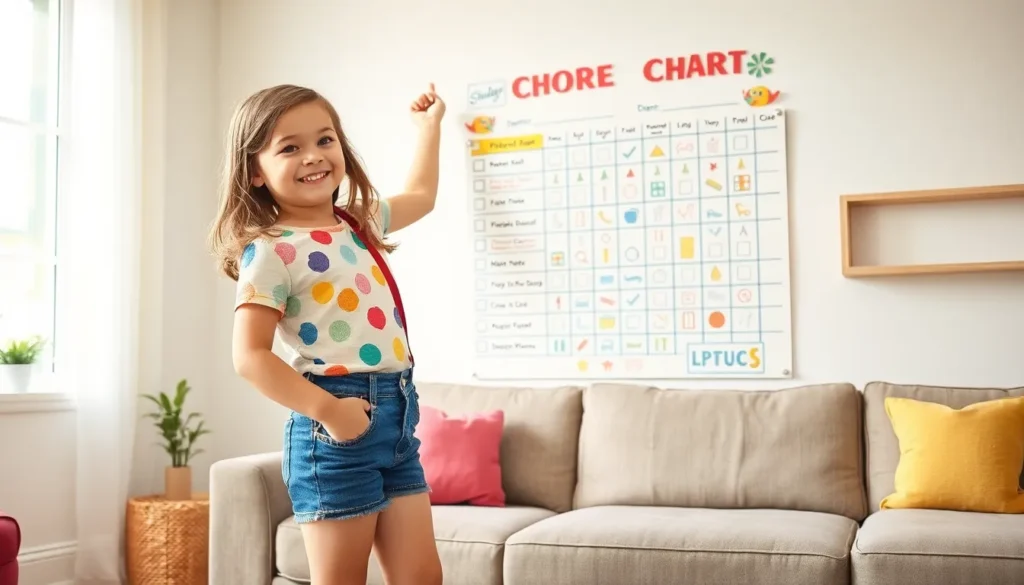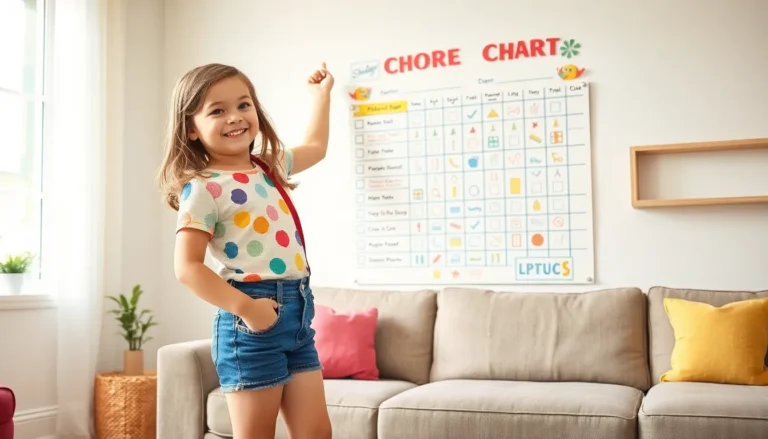Table of Contents
ToggleRoblox has taken the gaming world by storm, captivating millions with its endless creativity and interactive experiences. But for those who prefer gaming on the go, the question arises: when did this beloved platform finally make its debut on Android systems?
Overview of Roblox
Roblox represents a versatile online platform that allows users to create and explore various games. It features a range of tools for game development, enabling players to design their own experiences and share them with others. The platform gained significant traction due to its emphasis on user-generated content.
In 2012, Roblox made its official entry into the Android market. This launch expanded its accessibility, allowing mobile users to engage with its vast game library. By integrating mobile capabilities, Roblox reached a broader audience, enhancing its popularity among younger gamers.
Developers behind Roblox continually update the platform, introducing new features and improvements. These updates keep the gaming experience fresh and engaging, helping to retain user interest. Players benefit from constant innovation, as the platform adapts to the evolving gaming landscape.
Community interactions play a vital role in Roblox’s success. Users collaborate, socialize, and participate in games, creating a lively ecosystem. This community-driven aspect cultivates a sense of belonging and encourages creativity, making the platform appealing to diverse users.
Roblox supports various genres, from adventure to simulation games. Players can choose from millions of experiences tailored to their preferences. This extensive variety ensures that everyone can find something enjoyable to play.
With a focus on creativity and connectivity, Roblox continues to thrive in the gaming industry. The platform’s ability to evolve alongside its user base demonstrates its adaptability and commitment to providing an engaging environment. Players enjoy returning to explore new worlds and creations on Roblox.
The Early Days of Roblox
Roblox launched in 2006, providing a platform for users to create and share games. Creativity thrived from the start, inspiring an enthusiastic community.
Initial Launch
Upon its initial release, Roblox introduced users to a unique gaming experience. Users could create games using simple building blocks, fostering innovation. The platform aimed at younger audiences attracted a considerable user base, with many developers eager to explore game creation tools. In 2012, Roblox marked a significant milestone by expanding onto Android devices, enhancing accessibility for mobile gamers. This transition brought thousands of creative experiences directly to users’ fingertips, setting the stage for widespread adoption.
Platform Expansions
Roblox did not stop at Android; it consistently expanded to reach more devices. In addition to Android, the platform increased its presence on mobile operating systems, including iOS. Such expansions opened doors to millions of potential players, allowing for a diverse gaming community. New features rolled out regularly, keeping content fresh and engaging. Developers continuously improved the platform based on user feedback, responding to community needs. This adaptability reflects Roblox’s commitment to cultivating creativity and interactivity, ensuring its success in the ever-evolving gaming landscape.
Android System Release Timeline
Roblox’s expansion into the Android market marked a significant milestone in its growth. This transition allowed the platform to reach an even broader audience of gamers.
Development Process
Roblox’s developers worked diligently to adapt the platform for Android systems. They focused on optimizing performance and ensuring compatibility with various device specifications. Testing phases included making adjustments for touchscreen functionality and overall user experience. Through iterative feedback, the team addressed bugs and incorporated user suggestions for improvement. Such an emphasis on quality facilitated a smoother introduction to mobile gaming.
Release Date
Roblox officially launched on Android devices in July 2012. This release expanded access beyond traditional gaming platforms, allowing millions of users to play on their smartphones and tablets. The decision to support Android reflected the growing trend of mobile gaming during that period. With this launch, Roblox not only broadened its user base but also solidified its position as a leader in interactive and creative gaming experiences.
Impact of Mobile Release
The launch of Roblox on Android in July 2012 transformed the gaming landscape for many users. This release significantly increased the platform’s reach, allowing countless players to access their favorite games on the go. Players quickly embraced mobile functionality, enhancing engagement through convenience and portability.
Roblox developers prioritized optimizing the app for various devices, ensuring a smooth experience across different Android models. Enhanced performance made it easier for developers to showcase their creations, attracting more users to the platform. A dedicated community formed around these mobile experiences, leading to increased collaboration and user-generated content.
Actual statistics reveal that by mid-2013, mobile users contributed to over 30% of Roblox’s total user base. This marked a crucial shift in demographics, as younger players preferred the ease of accessing games through smartphones and tablets. Increased player interaction resulted in a rich variety of shared experiences, fostering creativity within the gaming community.
Roblox’s adaptability to mobile systems positioned it as a leader in online gaming. Continuous updates introduced new features and improvements, consistently enhancing the mobile user experience. Gamers enjoyed frequent interactions that built a sense of community, further driving platform growth. As a result, room for innovation thrived, benefiting both players and developers.
By expanding to mobile platforms, Roblox not only bolstered its user base but also reshaped online gaming trends. The focus on accessibility helped solidify Roblox as a versatile platform, catering to diverse gamer preferences. Enhanced connectivity and engaging content encourage players to explore new adventures regularly, ensuring lasting loyalty to the platform.
Roblox’s launch on Android in July 2012 marked a pivotal moment for the platform. This move not only broadened its audience but also solidified its place in the mobile gaming arena. By making the platform accessible on smartphones and tablets, Roblox tapped into a growing demographic that values convenience and portability. The result has been a vibrant community of mobile users who actively engage with the platform’s creative offerings. As Roblox continues to evolve and adapt to user needs, its commitment to fostering creativity and collaboration remains central to its success.







